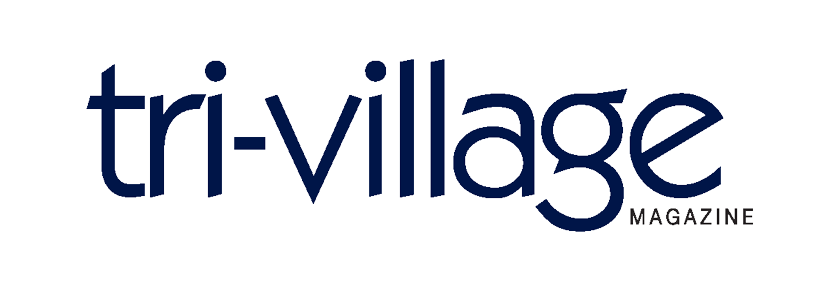
Does that seal or big bold phrase on the label really mean your food is safer, more humane or more nutritious? We explored the regulations governing food labeling. For more information, visit the U.S. Department of Agriculture website, www.usda.gov.
Allergens
The Food Allergen Labeling and Consumer Protection Act (FALCPA), passed in 2006, requires all food products regulated by the Food and Drug Administration to list “major food allergens” - the top eight allergens, which account for 90 percent of all food allergies - on packaging. Packaging must declare whether a food contains the following ingredients, or ingredients derived from them:
- egg
- milk
- fish
- Crustacean shellfish
- tree nuts
- wheat
- peanuts
- soybeans
In a list of ingredients, these items may be printed in bold or listed separately immediately after or adjacent to the ingredient list. The law also requires the type of tree nut, of fish or of shellfish to be declared.
Other food allergens (more than 160 have been identified) do not fall under these requirements and are not required to be listed clearly.
Organic
The USDA Organic seal is reserved for foods that are certified organic and have at least 95 percent organic content, which means they were produced through methods the USDA says “foster recycling of resources, promote ecological balance and conserve biodiversity.” Organic foods cannot be produced with synthetic fertilizers, sewage sludge, irradiation or genetic engineering. Multi-ingredient products must specify on the label which ingredients are certified organic.
Products labeled “made with” organic ingredients must have at least 70 percent certified organic ingredients, and the remainder, while not certified, must not use any methods that would exclude them from being organic.
Free range v. Cage free
These terms are fraught with controversy. Animal-welfare groups point out that neither term prohibits beak-cutting, which is considered by some to be inhumane.
USDA free range standards apply to some poultry products, but not to egg production. Free range labeling on poultry products indicates that the flock was provided shelter in a building, room or area that had unlimited access to an outdoor area that may or may not have been fenced or covered with netting.
Cage-free poultry or laying hens are able to roam freely in a building, room or enclosed area with unlimited access to food and fresh water. These birds do not have to have outdoor access.
Grass Fed
If you see this USDA label, it means the animal received the majority of its nutrients from grass throughout its life, though the animal’s pasture diet may be supplemented with grain. Note that this label does not limit the use of antibiotics, hormones or pesticides; laws have always prohibited the use of hormones in poultry, pork and goat.





